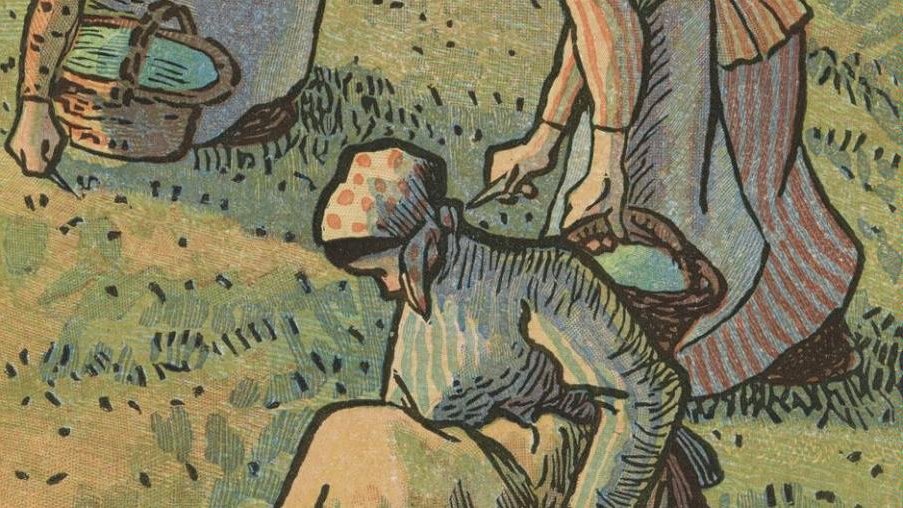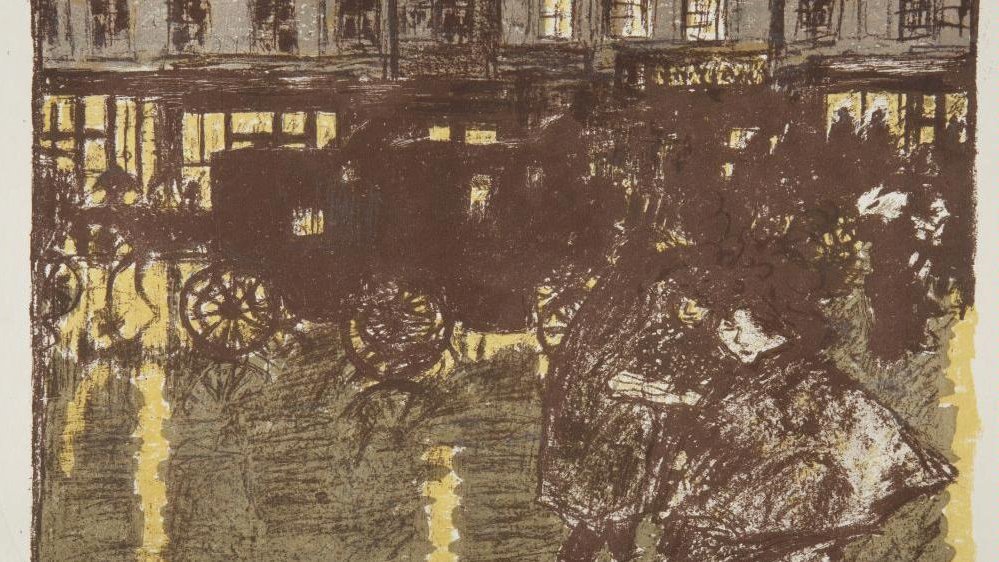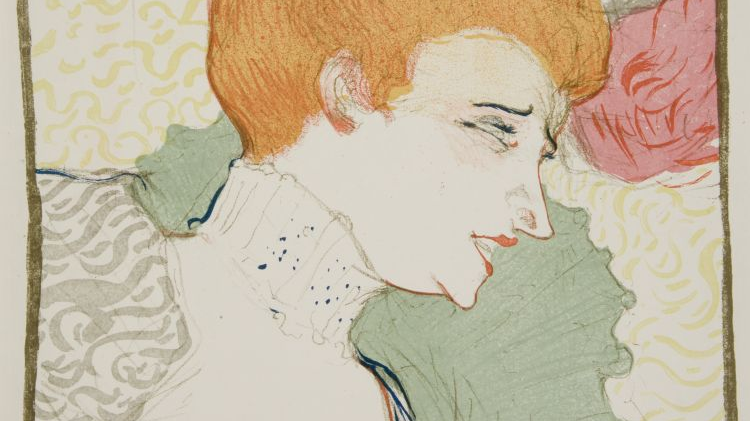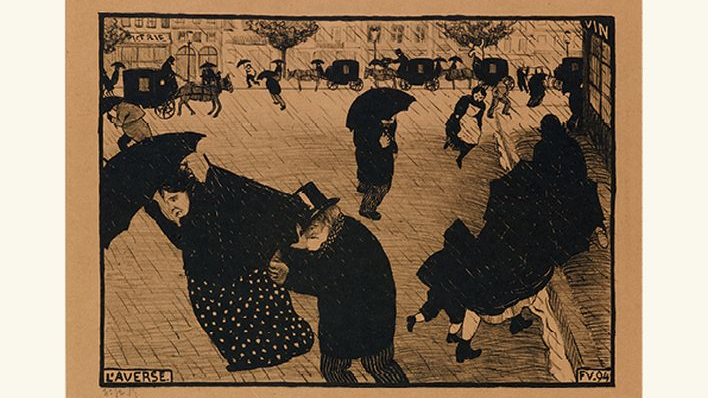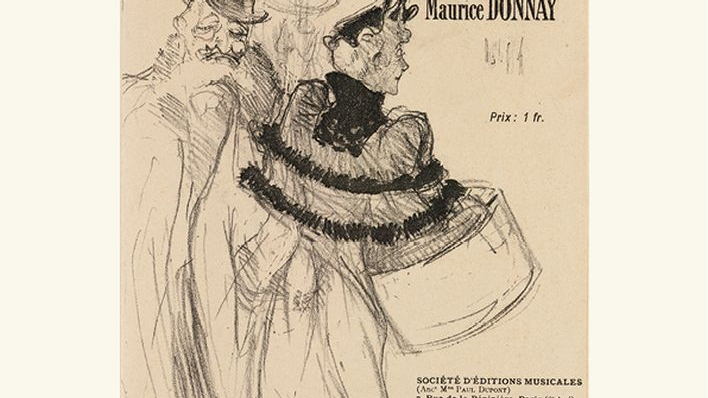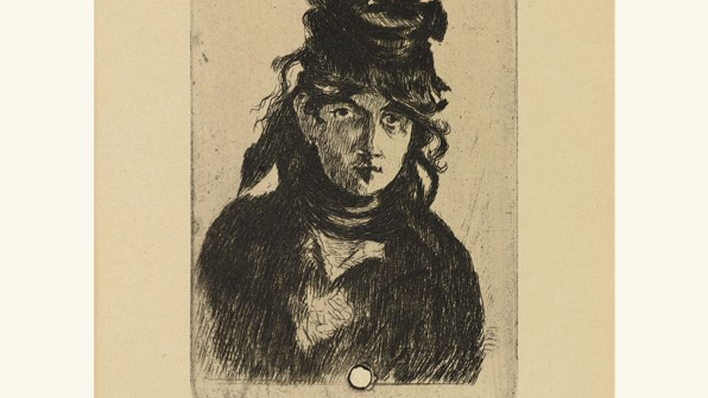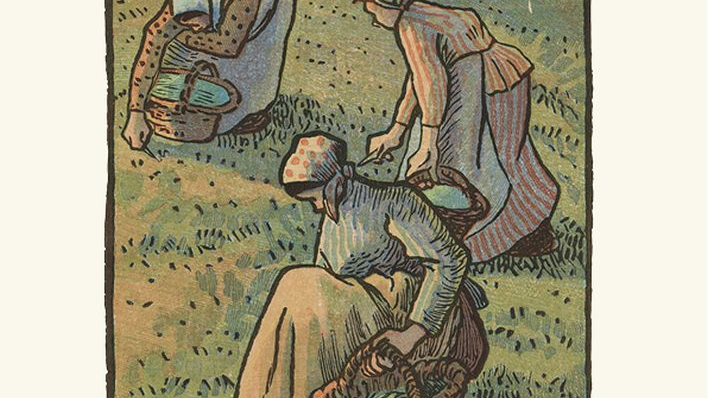Many researchers point out that impressionism did not emerge out of joint revolutionary manifestos by artists opposed to the art of their time and what one could describe as the politics of art. Rather, they see such an emergence as a natural result of events that unfolded in the years leading up to the arrival of first impressionist paintings on the artistic scene. It became the culmination of a gradual build-up of opposition to academicism, which was looked upon as a mannerism of sorts that hindered progress and creative explorations and condemned to exclusion many artists who strived to tread their own path.
Something of a revolution
Note that the only way for artists of the time to make their name, gain prestige and become a financial success was to have their works exhibited in the Salon of Paris and have them endorsed by invariably strict jurors known for notoriously conservative judgements. Any artists who failed to live up to the expectations of this jury, which was associated with the Paris Academy of Fine Arts, were destined to become artistic outcasts, forever forgotten by the general public and endlessly mocked by the majority of critics. Ultimately, this meant joining the community of artists already rejected by the Salon and sharing their life of misery and poverty.
In 1863, the Salon banned a staggering 3,000 if not 4,000 works from the exhibition! In their response, the rejected unwelcome artists took a very serious and significant step of asserting their right to free artistic expression and submitted a letter of protest to the ministry. The case and the obvious frustration expressed in the letter caught the attention of Emperor Napoleon III himself, who eventually chose to establish the Salon des Refusés that would display the rejected works. The Emperor believed that it should be up to the public itself to decide choose whether or not they would view such art. The rejected artists who agreed to have their paintings on view at the Salon des Refusés included Édouard Manet and Camille Pissarro. Bear in mind all this took place before Claude Monet produced his Impression: Sunrise.
The stir they caused, and their later actions, which prominently featured holding the first independent impressionist exhibition in 1874 in Nadar's former photographic studio at Boulevard des Capucines 35, created something of a revolution. Its militant tone persisted throughout other scientific papers on Impressionism and its origins. Is it impossible though for the natural consequences of the desire to cast off the shackles of a system that stymies independent thinking and for expressions of uniqueness and independence to go hand in hand?
A different medium, different possibilities
It is not difficult to imagine Monet, Pissarro or Renoir standing in front of their easels on the banks of the Seine and using their special approach to bring to canvas the reflections of light that vanish and reappear in dazzling shine on the water's surface. It is just as easy to picture, in one mind's eye, how the artists address the vibrating flickering of the things they see which, in their form, and sometimes even consistency, seem to be elusive and transient: wind, movement, facial expressions, vapor, rain, as well as the emotions of passers-by on the streets of Paris. Their vigorous and confident brushstrokes on the canvas surface which are also quite gentle, as if to emphasize the fleeting nature of the moment, have become the hallmark of impressionism as did their bold use of colour and the belief that shadows do not have to be dark spaces contrasted with the safety of light. Whenever we think of "impressionism", we see paintings. However, are we right in limiting impressionism to paintings only?
An attempt to answer this question will be made by the exhibition Unknown Impressionism: Monet, Pissarro and their Contemporaries that is coming to the Zamek Cultural Centre. Admittedly, its title itself contains mystery. After all, given that impressionism is well known, valued highly by the public and researched thoroughly and extensively by expert scholars, it is difficult to imagine that anything about that could still surprise us. Or can it really?
In cooperation with the National Museum of Kraków and the Ashmolean Museum of Oxford, an exhibition was created aimed at showcasing lesser-known works of impressionists that are rarely found in museums and galleries but that nevertheless follow their professed guidelines. Those works are graphics. As it turns out, although many impressionists devoted themselves primarily to painting, there were others who tried to capture the world in keeping with the same distinctive principles but using other techniques and who ended up confronting very different media with all of their inherent possibilities and limitations. Among them were Camille Pissarro, Pierre-Auguste Renoir, Berthe Morisot and Mary Cassatt.
The exposition will feature ca. 45 works, 35 of which are graphics from the Ashmolean Museum of Oxford that forms one of the most prominent Impressionist archives outside of France. Other works come from the collection of the art collector, writer, traveller, the patron and lover of art, literature and music Feliks Jasieński, who donated them to the National Museum of Kraków. Also on display will be works by the predecessors and successors of impressionists.
Justyna Żarczyńska
translation: Krzysztof Kotkowski
Unknown Impressionism: Monet, Pissarro and their Contemporaries
Curators: Katherine Wodehouse (Ashmolean Museum of the University of Oxford), Krystyna Kulig-Janarek (National Museum of Kraków)
Centrum Kultury Zamek, Exhibition Hall, vernissage: 8 January, 7pm (Atrium), open until 29 March
© Wydawnictwo Miejskie Posnania 2020



